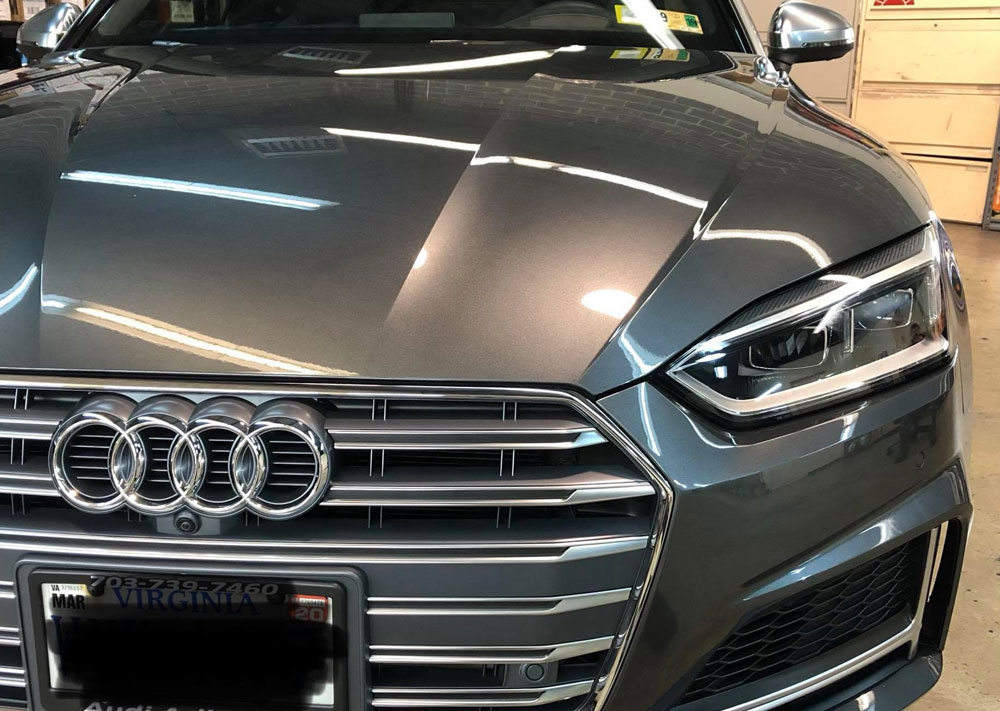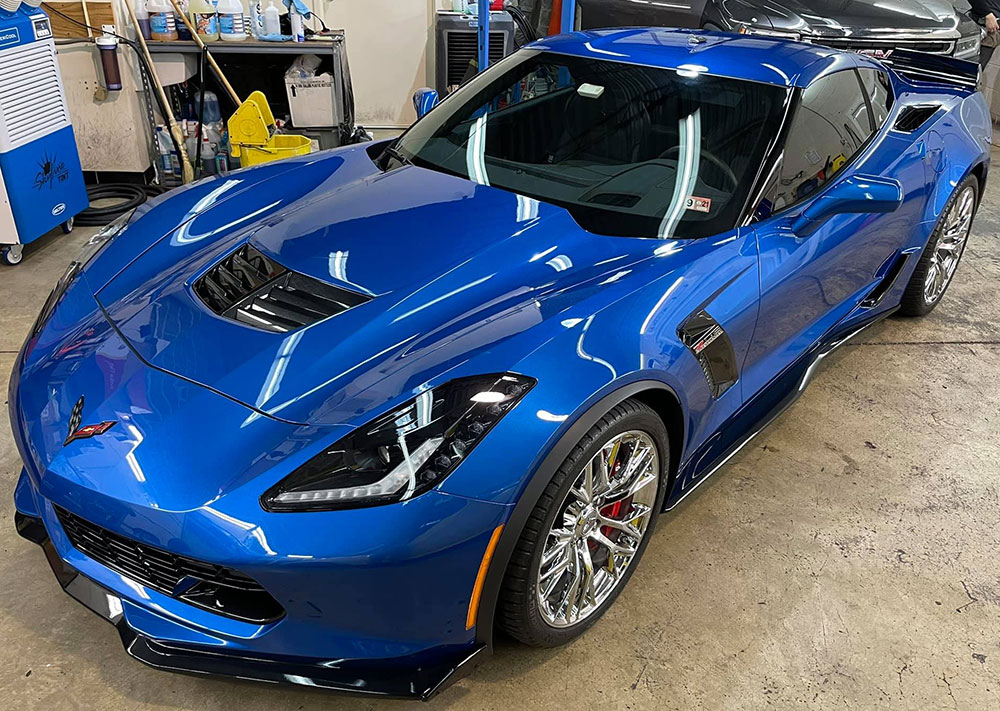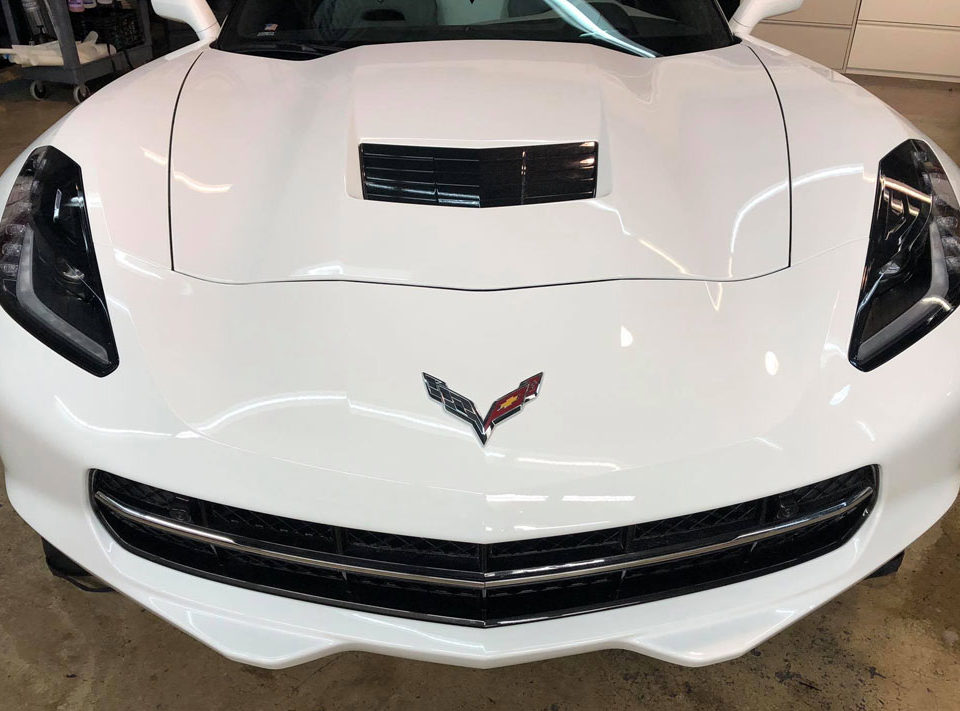
How to Protect Paint On a Brand New Car
June 8, 2024
Does Window Tint Lighten After Installation?
July 10, 2024After visiting a protective car film shop and having your car paint protected, you next should protect the film. How do you do it? Here is how to go about it:
Don’t touch the film after installation.
PPF takes at least 48 hours to settle. After installation, don’t touch the film for at least a week. While this is the case, you should note that humid weather or high temperatures can interfere with the film’s settling process.
You will notice a few blurry or smudged areas. You should note that all of this is absolutely normal, and once the film has completely settled and cured, it will provide your automobile with a whole new finish.
Don’t wash your car for 7 days after application.
The paint protection coating takes approximately one week to stick to the car’s surface. And washing the car during this time, whether with water or any other type of cleaning chemical, will disrupt the film’s curing process.
A good approach is to wait seven days before regularly washing your car indoors or in a protected space.
To remove the stains, use a clean, soft cloth, a wash mitt, and dedicated car wash products. You should avoid taking your car outside during this time to limit the likelihood of gathering dust and other airborne contaminants, which would make cleaning more difficult.
Avoid automatic car washes while at it, as the fast-moving brushes can produce severe scratches.
Properly clean your car.
Washing a car may appear simple, but when it comes to cars with paint protection film, you must be more careful about the techniques and materials you employ to preserve the film’s integrity. To help you out, here are some of the best methods when washing your car using PPF:
Hand Washing: When it’s time for a good wash, put away the power washer and instead use a clean microfiber mitt and a gentle car wash soap solution. This prevents harsh chemicals or abrasive substances from touching the film, lowering the chance of damage.
Hand washing takes more time and effort than going through an automatic car wash or a pressure washer, but it’s worthwhile. The hands-on approach gives you more control over the cleaning procedure, ensuring the PPF is gently cared for without losing its protective characteristics.
The two-bucket procedure is recommended to maintain cleanliness while washing a car with a paint protection layer.
This procedure ensures that dirt and grime are lifted off the surface and away from your vehicle, decreasing the possibility of abrasions that could damage not only the paint protection layer but also the general appearance of your car.
Avoiding Commercial Car Washes: If your vehicle has a paint protection film added, you should avoid automatic or commercial car washes.
This is because these car washes use abrasive brushes and harsh detergents, which can reduce the film’s quality and lifespan.
While handy, these procedures offer an unwarranted risk to your PPF. Instead of risking your investment, take control of its care by hand washing or employing touchless car washes that do not directly contact the vehicle’s surface.
Neglecting these steps can result in undesirable scratches, lifting, or discoloration of your car’s protective coating.
Maintaining PPF requires careful consideration at every stage, from selecting the proper cleaning solutions to using the best washing methods.
By following these strategies, you will keep your paint protection film in good condition and allow it to continue to perform its job as you want it to.
Protect the film
One of the most important things you can do to protect your film is to avoid making hard contact with the paint protection film. Abrasive items like rough brushes or sponges can scratch and damage the film’s surface.
Clean the film with gentle microfiber cloths and soft sponges developed for car care to reduce the danger of abrasion.
It’s also important to consider external issues that could jeopardize the integrity of your film. For example, while driving, road debris and tree branches may come into contact with the film, resulting in scratches or chipping, particularly on the lower areas of your vehicle.
To reduce these risks, keep a safe distance from heavy trucks that produce a lot of road debris, and use caution when driving through regions with overhanging branches.
Consider driving down a country road with loose gravel, sending up small boulders that could collide with your car’s front end. These minor hits can accumulate over time and wear down the protective layer of your paint protection coating.
To protect your investment and reduce potential wear and tear, drive cautiously in such situations and clean the film regularly to remove abrasive particles.
Giving your paint protection film appropriate shielding whenever possible is another simple but efficient way to reduce damage.
Parking your vehicle in covered or shaded places protects the film against prolonged exposure to environmental elements such as bright sunshine, extreme weather, or bird droppings, all of which can degrade the film’s protective features over time.
Exposure to the sun’s rays can cause color fading and oxidation of the film, reducing its capacity to function as an effective UV barrier. In addition, bird droppings include acidic substances that, if left neglected for an extended period, can etch into the film, leaving ugly stains and potentially jeopardizing its protective powers.
Consider your paint protection film Springfield to be a barrier that protects the exterior of your car from the weather. Just as a knight would not leave their armor exposed to rust-inducing rain and storms, providing shelter for your car protects the film’s integrity and extends its lifespan.
By being aware of potential sources of physical damage and providing adequate shelter for your vehicle, you can considerably extend the life and efficacy of your paint protection film.
These proactive procedures maintain your vehicle’s cosmetic appeal and protect your investment in long-term paint protection.


